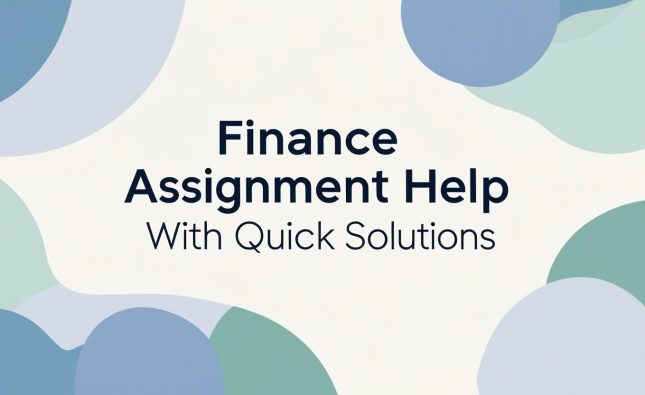
Introduction
As traditional savings accounts offer minimal interest rates, many individuals are looking for new ways to grow their wealth. Two popular savings options that have emerged in recent years are high-yield savings accounts and crypto staking. Both offer the opportunity to earn passive income, but each comes with its own set of benefits, risks, and nuances.
In this article, we’ll explore how high-yield savings accounts or money market account and crypto staking stack up against each other in terms of returns, risk, and sustainability. By the end of this guide, you’ll have a clearer understanding of which option is better suited for your financial goals in 2025 and beyond.
What Is High-Yield Savings?

A high-yield savings account (HYSA) is a savings account that offers a significantly higher interest rate than traditional savings accounts. Typically, high-yield savings accounts are offered by online banks or credit unions and can offer annual percentage yields (APYs) as high as 2% to 3% in the current market. The benefit of high-yield savings accounts lies in their simplicity and safety: your money earns interest while staying liquid and easily accessible.
Key Features of High-Yield Savings:
- Low Risk: These accounts are insured by the Federal Deposit Insurance Corporation (FDIC) or the National Credit Union Administration (NCUA), ensuring that deposit money are protected up to $250,000.
- Liquidity: Funds in high-yield savings accounts are easily accessible, making them an excellent option for emergency savings or short-term financial goals.
- Guaranteed Returns: The interest rate is fixed, and there are no market fluctuations.
What Is Crypto Staking?

Crypto staking is the process of participating in a proof-of-stake (PoS) blockchain network by holding and “staking” your cryptocurrency in a digital assets wallet. In return, you receive staking rewards—usually in the form of additional cryptocurrency. The primary difference between crypto staking and traditional investments like stocks is that staking involves a cryptocurrency network, making it a decentralized form of investment.
Key Features of Crypto Staking:
- Higher Potential Returns: Crypto staking can provide significantly higher returns compared to traditional high-yield savings accounts. Returns can vary from 5% to 20%, depending on the cryptocurrency and the staking platform.
- Decentralized and Secure: By participating in staking, you are helping to secure a decentralized network. It is a more active form of earning, as you need to lock up your crypto for a set period.
- Risks: Unlike high-yield savings, crypto staking involves more risk due to the volatile nature of the cryptocurrency market. Prices can fluctuate drastically, potentially reducing the value of your stake.
Comparing High-Yield Savings and Crypto Staking

When deciding between high-yield savings and crypto staking, it’s important to consider several factors, including return on investment, risk, liquidity, and ease of use. Below is a comparison of both options based on these key elements:
1. Return on Investment
- High-Yield Savings: The return is steady but low, usually ranging from 1% to 3% annually, depending on the account and the bank. While high-yield savings provide predictable returns, they are generally outpaced by other investment options, such as crypto staking.
- Crypto Staking: Crypto staking offers significantly higher returns, typically ranging from 5% to 20%, depending on the cryptocurrency you stake. However, these returns can fluctuate based on the market performance of the underlying crypto asset.
2. Risk
- High-Yield Savings: The risk associated with high-yield savings bank accounts is very low. These accounts are insured, meaning your funds are protected even if the bank or credit card union goes under. There is virtually no chance of losing your money.
- Crypto Staking: Crypto staking carries higher risks, mainly due to the volatility of the cryptocurrency market. If the price of the cryptocurrency you’re staking falls, your rewards and the value of your stake can decrease. Additionally, while the blockchain network itself is secure, there are risks associated with hacking and regulatory changes.
3. Liquidity
- High-Yield Savings: One of the biggest advantages of high-yield savings accounts is their liquidity. You can withdraw your funds at any time without penalties or restrictions, making them ideal for short-term savings goals or emergency funds.
- Crypto Staking: Crypto staking typically requires you to lock up your funds for a certain period, ranging from a few days to several months, depending on the platform. If you need to access your funds during this time, you may face withdrawal penalties or lose out on staking rewards. Therefore, liquidity is limited compared to high-yield savings accounts.
4. Ease of Use
- High-Yield Savings: Opening a high-yield savings account is straightforward. You simply need to provide basic personal information, make an initial deposit account, and start earning interest. There is no need to worry about complex procedures or technical know-how.
- Crypto Staking: Crypto staking can be more complicated. It requires a basic understanding of blockchain technology, cryptocurrency wallets, and the staking process. Setting up an account on a staking platform and transferring your assets can be more time-consuming, especially for beginners.
How to Choose Between High-Yield Savings and Crypto Staking

Choosing between high-yield savings and crypto staking depends on your financial institutions goals, risk tolerance, and time horizon. Here are a few things to consider:
1. Risk Tolerance
If you are risk-averse and want a stable, secure place to grow your savings, a high-yield savings account is the better choice. However, if you’re willing to take on more risk for the potential of higher returns, crypto staking might be the right fit.
2. Investment Horizon
If you’re saving for the short-term or need easy access to your money, a high-yield savings account is ideal. On the other hand, if you’re investing for the long-term and are comfortable with locking up your funds for extended periods, crypto staking can provide greater rewards.
3. Diversification
If you already have a stable savings plan, crypto staking can be a good way to diversify your portfolio. Combining both high-yield savings and crypto staking allows you to balance security and risk while optimizing returns.
Comparative Table: High-Yield Savings vs. Crypto Staking
| Factor | High-Yield Savings | Crypto Staking |
|---|---|---|
| Return on Investment | 1%–3% | 5%–20% |
| Risk | Low (FDIC or NCUA insurance) | High (crypto market volatility) |
| Liquidity | High (easy access to funds) | Low (locked funds for a period) |
| Ease of Use | Easy to open and use | More complex (requires crypto knowledge) |
| Investment Horizon | Short-term savings | Long-term investment |
Conclusion
When it comes to optimizing returns in 2025, both high-yield savings and crypto staking offer unique opportunities. High-yield savings accounts provide a low-risk, liquid option for growing your money with guaranteed returns. Meanwhile, crypto staking offers much higher potential returns, but with increased risk and reduced liquidity.
By carefully considering your risk tolerance, investment horizon, and financial goals, you can choose the right option for your situation. For many investors, a combination of both might be the best approach, allowing them to account balance the stability of high-yield savings with the potential growth of crypto staking.










